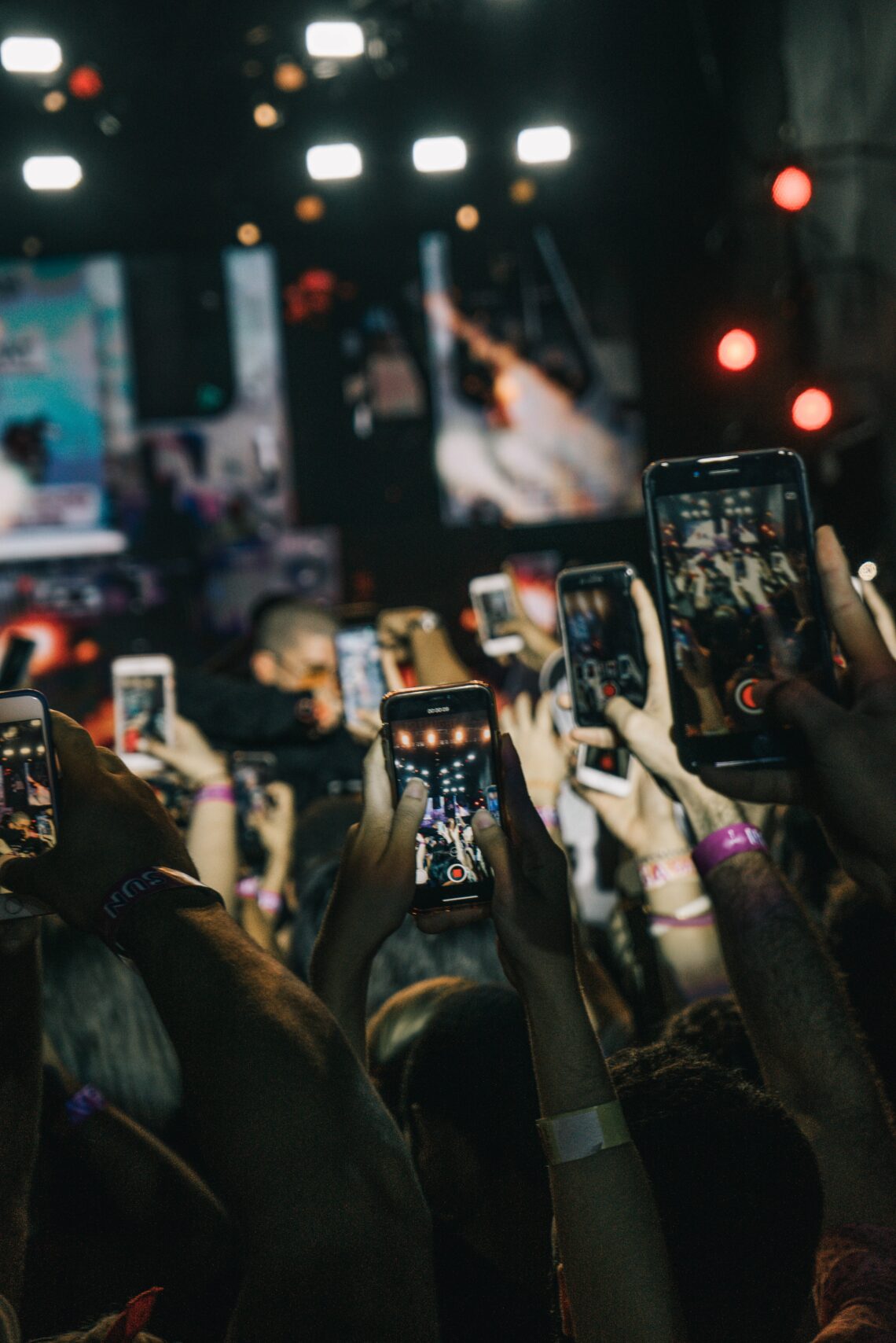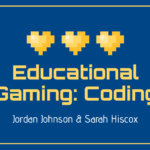This week, Jesse Miller from Mediated Realities was a guest speaker in our class. He spoke on the importance of media literacy, digital citizenship, and our responsibility as educators to assess our personal and professional usage of social media. He outlined the critical audiences we will face and how we can increase our privacy in the public eye as well as the importance of social media in the classroom. His presentation has me thinking about my own personal accounts-what I choose to share and who could potentially see it. He also got me thinking about how and when I will introduce and apply certain technologies in my future classrooms.
Educators Have 3 Critical Audiences:
Jesse spoke on the 3 critical audiences that we have to be aware of when posting things online as educators.
- Public/Parents-Everything we post online (whether through our real names, or email addresses) can be connected back to us. It is best practice to keep a professional account and use that to connect with parents and faculty.
- Staff-Be mindful of the private information and personal accounts that you share with colleagues and coworkers.
- Students-Student’s love to engage with educators online (or at least try). When posting on social media, do it under the presumption that your students may read/see it. Also, never engage in a non-professional manner with students online.
Is Social Media Even Necessary in the Classroom?
Yes, it is. The reality is that society has become increasingly digital and it is important that we empower our students to become informed social citizens and provide them with the skills, competencies and inherent risks associated with social media.
Positives of Technology/Social Media in the Classroom?
The amount of time that children spend in front of screens is increasingly becoming an issue. Parents and educators want to instill boundaries, time restraints, and proper guidelines for the technology that kids use. I understand the concern, but Jesse Miller argued many positive outcomes that technology and social media can provide in the classroom.
- Screen time can be a huge asset to students-In an increasingly digital world, students will be expected to know how to use, understand, and apply technologies. Without some of the foundational skills that are taught in the classroom-they would be at a great disadvantage.
- Allow students to engage with a purpose-Jesse touched on screen time being used as a pacifier for many young people. A parent needs a moment of peace so they hand over the tablet, or the teacher needs a break to accomplish some marking-so they put a movie on for the class. We are all familiar with these situations but it is important that we engage our students with technology in a purposeful way. There are so many amazing programs, games, tools and aids that can assist and empower students in their education.
- Instill Boundaries Around Proper Use-We need to establish appropriate boundaries with technologies used in the class. The boundaries, if appropriately explained and applied, will allow them to use technology in and out of the classrooms, respectfully. We have to ensure that we are following the same rules too (ie. put your phone away!)
Biggest Takeaway from the Presentation?
We are all human. We all have a past, some of which we may not want displayed in a professional setting but as long as we are aware of the implications and audiences we will face as educators-we can assess and adjust our personal and professional social media presence. It is important that we establish a respectful relationship with technology and use it appropriately in our classrooms to inform and engage our students on their own media literacy and digital citizenship.





